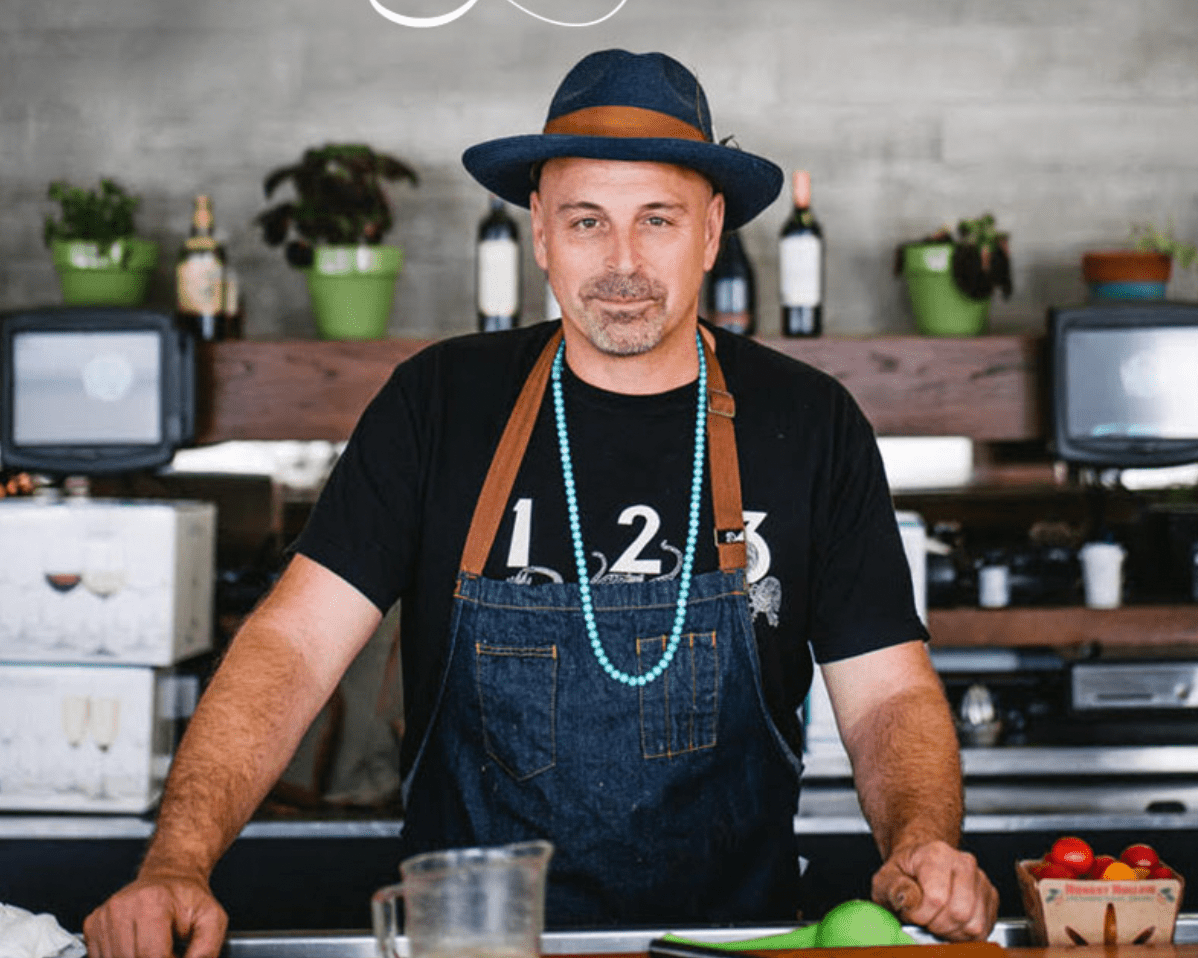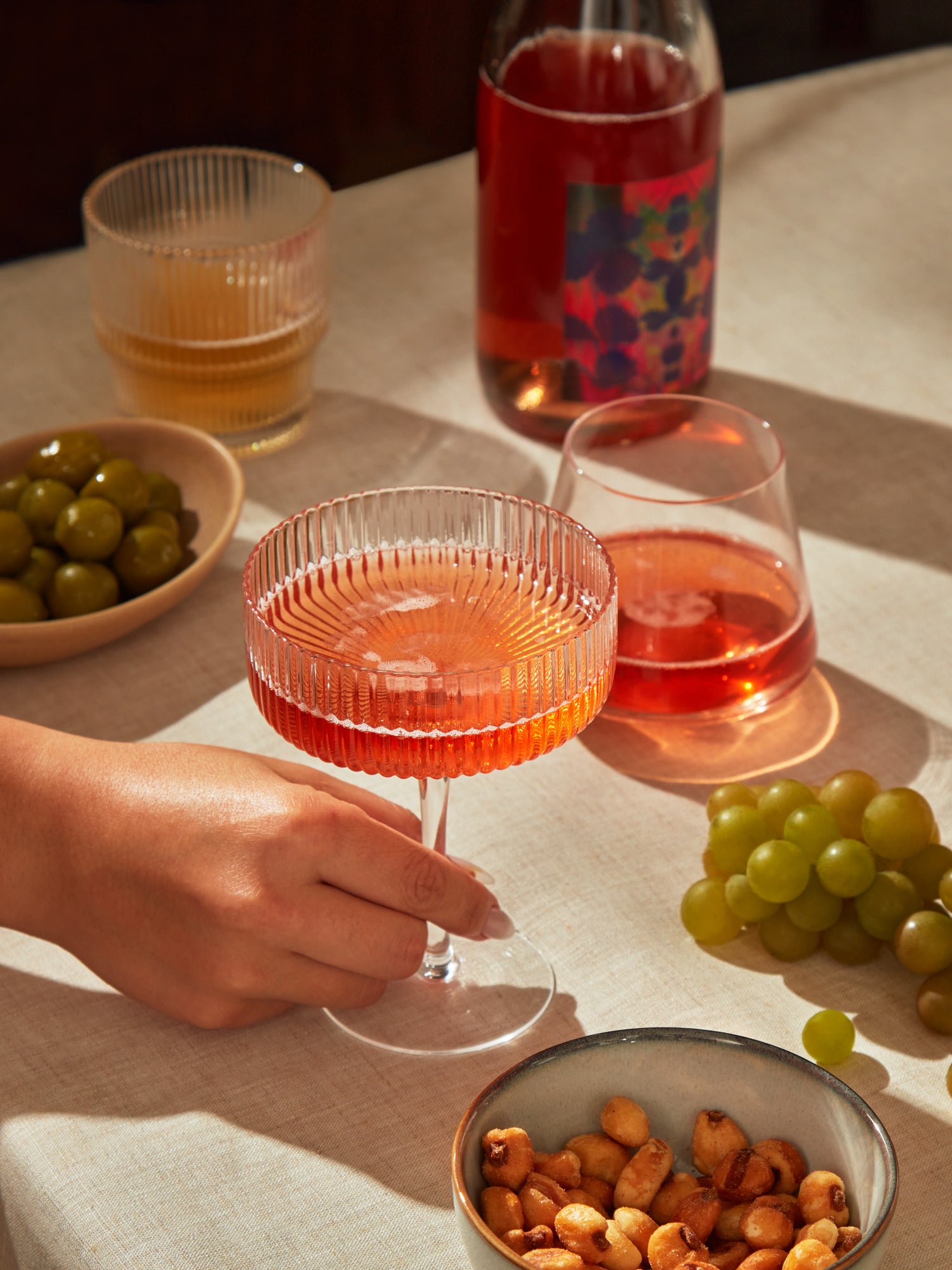One of the most interesting things we've learned on our drinking making journey is the importance of sour. Kally gets its sour from verjus—our cornerstone ingredient. Verjus possesses a unique, delicate sourness. The sour comes from acids (tartaric and malic) which occur naturally in the unripe grapes pressed to make verjus.
When acids hit receptors in the mouth, we get a tingling session near the jaw and prolonged salivation after we swallow. Our bodies produce saliva in reaction to the presence of acid in the mouth, in an effort to dilute and restore balance.
The brain is able to detect acid in the mouth long after you’ve swallowed. This is what wine drinkers refer to as “finish”—the acidic flavor that lingers after a sip of wine. The longer the finish, the longer more acidity, and the more saliva that gets produced. In this way, a glass of wine can truly be mouthwateringly good!
The level of acidity in Kally is similar to that of a glass of chardonnay or pinot gris (two high-acid grape varietals). All of the acid in Kally comes from verjus. We make verjus the same way winemakers make wine, but use grapes when they are young, tart and high in acid. And, of course, we don’t ferment the pressed juice, so there is no alcohol in Kally.
One of the greatest side benefits of high acid drinks is their appropriateness for pairing with food. Acidity rounds out sensations in the mouth, enhancing the flavors of food. The acidity can also help cut through rich food and act as a palate cleanser. This is why Kally pairs beautifully with food in a way that many other low-acid, non-alcoholic beverages can’t replicate.
Who knew that having a little acid in your mouth could be so exciting?







